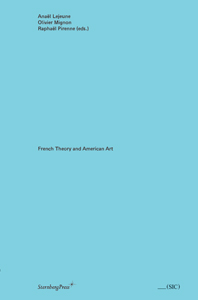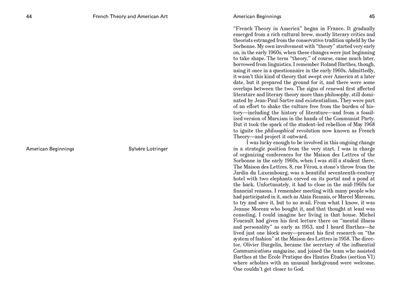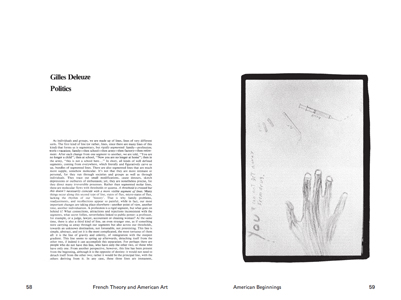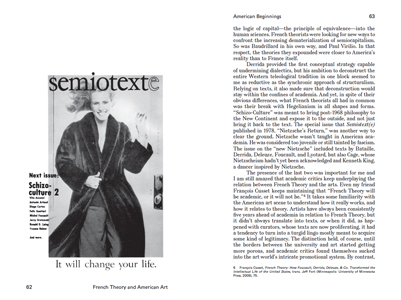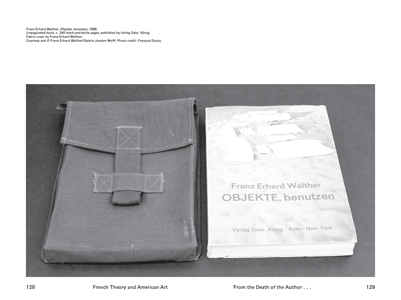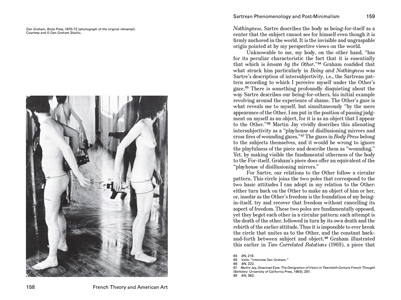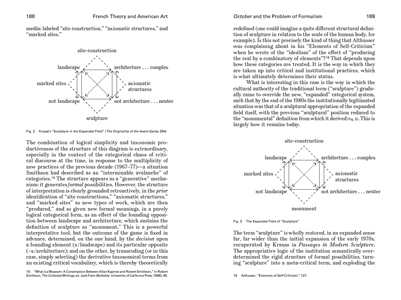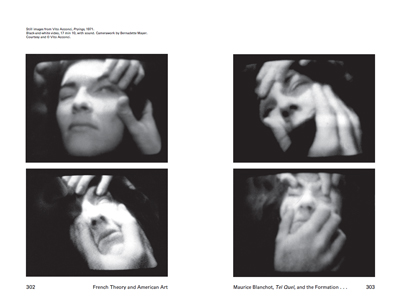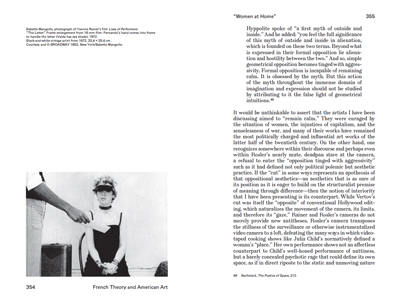Many postwar American artists were influenced by French philosophy,
literary studies, and social sciences. Accordingly, a number
of French authors gathered under the label “French Theory”—a
name referring roughly to structuralism and post-structuralism—
have received sustained attention in the United States. As early
as the beginning of the 1960s, this reception process helped to
shape both the American artistic practice and the fate of French
thought in a crucial way. At the turn of the twenty-first century,
the wealth of works from the human sciences and philosophy
in American culture became the subject of numerous studies.
Still, French Theory's impact on the visual arts has rarely been
considered as a general phenomenon.
First and foremost, French Theory and American Art examines
some of the main historical conditions of this reception.
It considers significant texts, artists, authors, and events that were
instrumental in the introduction of French thought into the
artistic field of the United States. The relation between artistic
creation and theoretical thought, between singular, inventive
uses and creative misunderstandings of theory, constitutes the
other major question of the present volume.
Edited by
Anaël Lejeune, Olivier Mignon,
Raphaël Pirenne.
Texts by Philip Armstrong,
Victor Burgin, François Cusset, Larisa Dryansky, Benjamin Greenman, Rachel Haidu,
Sylvère Lotringer, Stephen Melville,
Laura Mulvey, Kassandra Nakas, Peter Osborne,
Jean-Michel Rabaté, John Rajchman, Katia Schneller, Alexander Streitberger, Hilde Van Gelder,
Erik Verhagen.
Graphic design:
Charles Mazé & Coline Sunier.
Published with
Sternberg Press.
published in July 2013
English edition
15,5 x 23 cm (softcover, dust jacket)
384 pages (b/w ill.)
ISBN : 978-2-930667-04-1
EAN : 9782930667041
in stock
press releases



